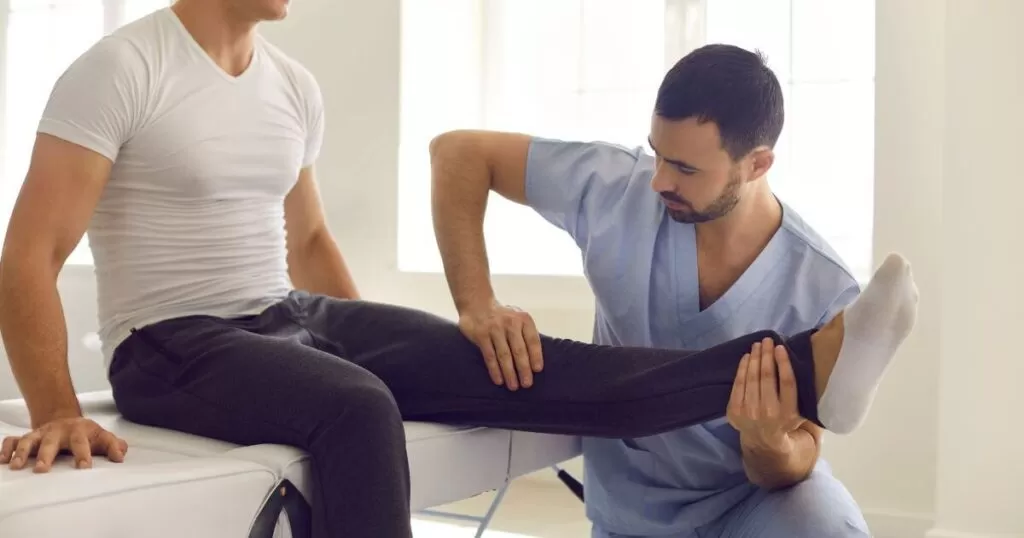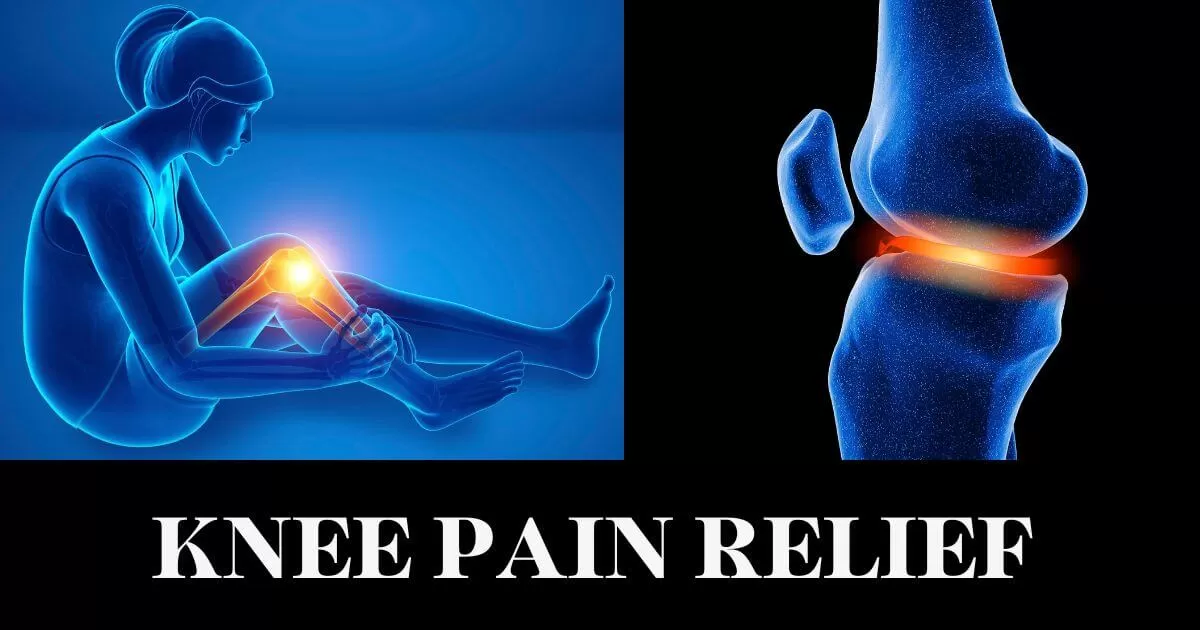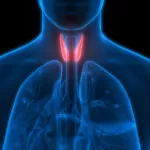Knee pain can be difficult to manage and quite uncomfortable. Whether you’re a fitness enthusiast, an active individual, or someone experiencing the natural aging process, understanding how to manage knee pain is crucial. In this comprehensive guide, we will delve into the best painkillers for knee pain, effective treatments you can try at home, and address common questions surrounding knee pain.
what are causes of knee pain?
It’s important to find out the root cause of your knee discomfort before choosing the right painkillers. A lot of factors, including lifestyle choices and other medical issues, contribute to severe pain. We’ll go into depth about these factors and show how knowledge of them might improve treatments for pain.
Injuries:
Sprains and Strains: Overstretching or tearing ligaments (sprains) or muscles/tendons (strains) around the knee can lead to pain.
Fractures: Broken bones, particularly in the kneecap or surrounding areas, can cause intense pain.
Medical Conditions that cause knee pain:
Arthritis: Osteoarthritis, rheumatoid arthritis, and gout can all contribute to knee pain by affecting the joint and surrounding tissues.
Bursitis: Pain and swelling may arise from inflammation of the bursae, which are fluid-filled sacs around the knee.
Tendonitis: Inflammation of the tendons, often due to overuse or repetitive motions, can lead to knee pain.

Mechanical Issues:
Dislocation or Misalignment: Problems with the alignment of the kneecap (patella) or dislocation of the knee joint itself can cause discomfort.
Meniscus Tears: Tears in the meniscus, the cartilage that cushions the knee joint, can result in pain, swelling, and limited mobility.
Overuse and Wear-and-Tear:
Repetitive Stress: Activities that involve repetitive stress on the knee, such as frequent kneeling or squatting, can lead to pain over time.
Degeneration: Gradual wear-and-tear of the knee joint due to aging or excessive use can result in pain and stiffness.
Lifestyle Factors that cause knee pain:
Excess Weight: Being overweight puts additional stress on the knee joints, increasing the risk of pain and conditions like osteoarthritis.
Poor Footwear: Inadequate or unsupportive footwear can impact the alignment of the knees, contributing to pain.
Infections and Inflammation:
Septic Arthritis: An infection in the joint can cause inflammation and severe knee pain.
Inflammatory Diseases: Conditions like lupus or certain infections can trigger inflammation affecting the knee.
Ligament Injuries:
Anterior Cruciate Ligament (ACL) Tears: Common in sports, an ACL tear can result in sudden and severe knee pain.
Posterior Cruciate Ligament (PCL) Injuries: Injuries to the PCL can cause pain and instability in the knee.
Nerve Issues:
Pinched Nerves: Compression or irritation of nerves around the knee can lead to radiating pain.
Neuropathy: Certain conditions affecting the nerves can cause pain and discomfort in the knee region.
Individuals experiencing persistent or severe knee pain should consult with a healthcare professional for a thorough evaluation and personalized guidance.
Home Treatments for Knee Pain-
RICE Method: Rest, Ice, Compression, Elevation
Allow yourself to relax (Rest)-
It’s necessary to give your knee enough rest while experiencing knee discomfort. Avoid heavy physical activity and allow your knee the time it needs to recover. Make sure the injured joint doesn’t experience needless tension.
Ice-
An easy and effective technique to decrease the pain and minimize inflammation is to apply ice. Every two to three hours, apply an ice pack or a bag of frozen peas to the painful region for fifteen to twenty minutes. This helps in reducing blood flow and minimizing swelling.
Compression for knee pain-
Swelling around the knee can be reduced by wrapping it in a tight bandage. Ensure it fits securely without being too tight to prevent blood flow restriction.
Raising levels of your leg while you rest (elevation)-
One way to help reduce swelling in your leg is to raise it. When you’re at rest, raise your leg on a cushion so that it’s higher than your heart.

Turmeric and Ginger Tea–
Both turmeric and ginger possess anti-inflammatory properties. Incorporate them into your diet through a soothing tea, helping to combat pain from within.
Epsom Salt Soak-
keep your legs in A warm Epsom salt bath that can do wonders for easing knee pain. The magnesium in Epsom salt aids in reducing inflammation and promoting muscle relaxation.
Essential Oils Massage-
Leverage the power of essential oils like lavender or eucalyptus for a calming massage. Mix a few drops with a carrier oil and gently massage the affected area.
Is it better to rest or walk with knee pain?
Rest Recommendations:
Severe Pain Episodes: During episodes of intense pain, especially when associated with acute conditions, rest becomes a primary intervention. Allowing the knee joint to temporarily avoid weight-bearing activities aids in pain reduction.
Post-Injury Recovery: After a sudden injury or trauma to the knee, a brief period of rest is often recommended. This helps mitigate inflammation, providing the damaged tissues with the necessary environment for initial healing.
Post-Surgical Healing: Following knee surgeries, a phase of relative rest is typically advised to facilitate the healing of incisions and the recovery of tissues. This phase is crucial in preventing complications and ensuring a smooth rehabilitation process.

Activity Considerations for knee pain:
Chronic Conditions: In cases of chronic conditions or mild to moderate knee pain, controlled physical activity is often beneficial. Gentle exercises, such as walking or low-impact activities, can promote blood circulation and maintain joint flexibility.
Rehabilitation: For individuals undergoing rehabilitation after an injury, a structured program that includes specific exercises and controlled walking is designed to enhance strength, flexibility, and overall function.
Preventing Stiffness: Controlled movements prevent the knee joint from becoming stiff, a common concern during prolonged periods of rest. Regular, measured activity helps maintain the range of motion and prevents secondary issues associated with immobility.
Conclusion
In conclusion, managing knee pain encompasses a holistic approach, incorporating the RICE method, targeted exercises, and home remedies. Enabling a more comprehensive assessment of the underlying issues. Empower yourself with this knowledge, and take proactive steps toward a life with reduced knee pain.




